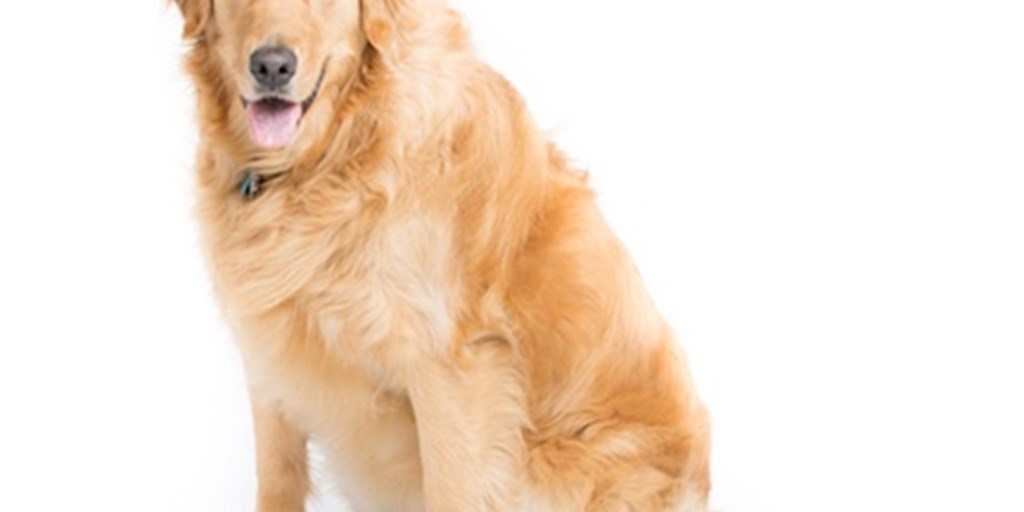Have you noticed if your pooch has put on a few pounds recently? You are not alone. The Association for Pet Obesity Prevention (APOP) found in their 2017 survey that 56% of dogs are either overweight or obese (estimated 50.2 million dogs). If you cannot easily see and feel the ribs on your dog, your dog may be packing some extra pounds. Two extra pounds may not sound like much, but on a 10-pound dog, two pounds adds 20% more weight to wear! A 2014 study by the American Animal Hospital Association found that keeping your pooch in shape can add years to your dog’s life.
Oftentimes, too much food and a lack of activities are the reasons behind weight gain. In addition, some dog breeds have a tendency to gain weight, which is not healthy. If you suspect there may be a health issue with your pet, you should check with your veterinarian.
Awareness is the key to addressing a weight issue. The very encouraging news is that you can make a big difference in the health of your dog by helping to get your dog’s weight under control.
How can you help your pet maintain a healthy weight?
- A few treats a day is fine, but realize that they add to your dog’s overall calorie intake! If you want to feed a few treats, use a small treat like Bil-Jac Little-Jacs, Bil-Jac Grain Free Treats or Bil-Jac Dessert Jacs – Pumpkin. Each treat is less than 3 calories and tastes great.
- Eliminate feeding table food or keep it to a bare minimum. They add extra calories.
- Adding an additional game of fetch, or taking a walk for 10-15 minutes a day can help burn those calories and give you some extra time together.
- Start by following the feeding recommendations on the bag of food you feed and measuring. These suggested levels are a good starting point, but you may need to adjust the amount of food you feed your dog. Increase the amount slightly if your dog is very active, or lower the amount slightly if your dog is more of a couch potato. Monitor if your dog is gaining or losing weight each week or two.
- If your dog is overweight, consider cutting back some of the food you feed at each meal. If your dog is 60 lbs. and they should be 50 lbs., consider feeding them at the 55 lb. feeding level instead of the 60 lb. level. Monitor for a few weeks and adjust as needed. Once your dog reaches 55 lbs., then drop down to the 50lb feeding level.
- If you notice your dog slowing down, hesitating near stairs and not jumping, please remember to take a look at joint health support.
Switching to a lower fat food like Bil-Jac Reduced Fat Formula can also be a big help. Our Reduced Fat Formula can help your dog lose excess weight or maintain proper weight while maintaining a beautiful coat and muscle tone. Our Reduced Fat Formula has 30% less fat than Bil-Jac Adult Select, to help control the fat and overall calories in your dog’s diet. But giving up fat does not necessarily mean giving up taste. Dogs LOVE the taste of Bil-Jac Reduced Fat Formula. That’s really saying something because dogs generally don’t like the taste of a reduced fat food.
Take the Bil-Jac Two Bowl Challenge between our Reduced Fat Formula and any other brands’ reduced fat variety. Let your dog show how much they love the real chicken taste of Bil-Jac.
,

